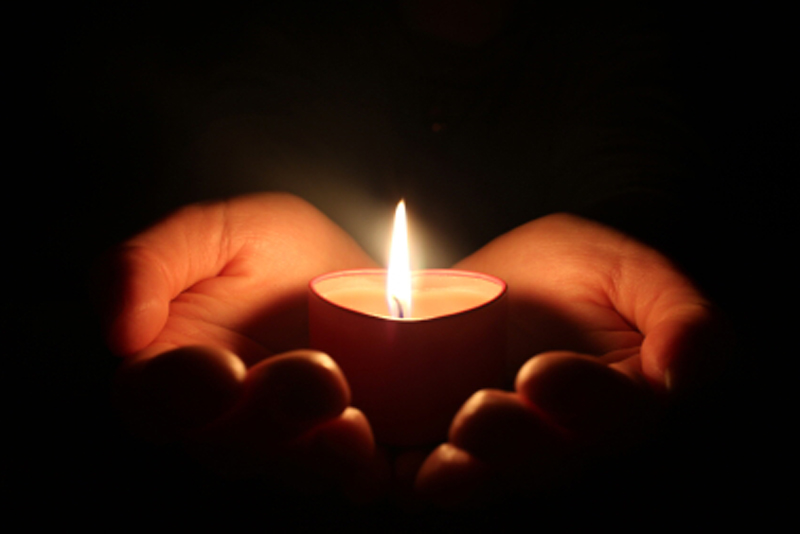Small Eco-Friendly Homes of the Future

I grew up in the 1970s watching The Jetsons where futuristic home were so advanced and luxurious you didn’t have to do anything. Your robot maid would take care of all household details for you. What’s interesting is that it seems the exact opposite is happening. In order to protect the environment, more work and personal sacrifice is required. We’re conserving, recycling and composting. We’re clearing clutter to live in smaller, more economical spaces.
Regular people are even building their own homes.
Snap together houses
Recently Fastcompany.com reported on the 1,250-square-foot Villa Asserbo, a two-bedroom house constructed by Danish architects partnered with Facit homes, a London-based digital fabrication and architecture specialist. The house was made from 400 Forest Stewardship Council-certified Nordic plywood components designed using digital software and produced in a rapid-prototyping machine. The numbered parts were then snapped together. The house took six weeks to build.
Homedesignedfind.com says the Japanese inspired, snap together MIMA “could change the way we buy houses.” The website contends that you can put together a MIMA house yourself in just a few afternoons. “The idea was to try and launch a house which could cost as little as a mid-range car,” states the site. “It’s not much bigger than a car either. At just 36 square meters, the dwelling is pretty compact.”
Tiny houses
I’ve been reading about the “tiny house” movement for awhile now via yahoo news. As a 20 year veteran of apartment living in New York City, I’m naturally drawn to stories about living in small spaces. In 2010 NPR covered a story featuring Peter King who teaches workshops on building tiny houses.
The tiny home profiled on the show was a 100 square foot structure built by King and four of his workshop students over a weekend.
"I just like the sense of economy," King told NPR. "The sense of: you can't put a lot of stuff in there, so you have to be careful of what's important. And another beauty of the tiny house is that you can put them almost anywhere. They are moveable at this scale. You can easily put them up on rollers and pull them around."
Cob houses
According to greenhomebuilding.com, cob is an old method of building with earth, straw and other fibers similar to adobe. It’s very labor intensive because you mix the clay/sand/straw with bare feet. Many of the cob buildings erected in England in the nineteenth century are still standing.
On his blog, Brian "Ziggy" Liloia, author of The Year of Mud: Building a Cob House, provides a “recipe” for building a cob house for $3,000.
“It’s true… you can build your own cob house with little money, but with lots of time and enthusiasm,” writes Liloia. “There’s nothing quite like the experience of building your own home with little more than your hands.”
Regular people are even building their own homes.
Snap together houses
Recently Fastcompany.com reported on the 1,250-square-foot Villa Asserbo, a two-bedroom house constructed by Danish architects partnered with Facit homes, a London-based digital fabrication and architecture specialist. The house was made from 400 Forest Stewardship Council-certified Nordic plywood components designed using digital software and produced in a rapid-prototyping machine. The numbered parts were then snapped together. The house took six weeks to build.
Homedesignedfind.com says the Japanese inspired, snap together MIMA “could change the way we buy houses.” The website contends that you can put together a MIMA house yourself in just a few afternoons. “The idea was to try and launch a house which could cost as little as a mid-range car,” states the site. “It’s not much bigger than a car either. At just 36 square meters, the dwelling is pretty compact.”
Tiny houses
I’ve been reading about the “tiny house” movement for awhile now via yahoo news. As a 20 year veteran of apartment living in New York City, I’m naturally drawn to stories about living in small spaces. In 2010 NPR covered a story featuring Peter King who teaches workshops on building tiny houses.
The tiny home profiled on the show was a 100 square foot structure built by King and four of his workshop students over a weekend.
"I just like the sense of economy," King told NPR. "The sense of: you can't put a lot of stuff in there, so you have to be careful of what's important. And another beauty of the tiny house is that you can put them almost anywhere. They are moveable at this scale. You can easily put them up on rollers and pull them around."
Cob houses
According to greenhomebuilding.com, cob is an old method of building with earth, straw and other fibers similar to adobe. It’s very labor intensive because you mix the clay/sand/straw with bare feet. Many of the cob buildings erected in England in the nineteenth century are still standing.
On his blog, Brian "Ziggy" Liloia, author of The Year of Mud: Building a Cob House, provides a “recipe” for building a cob house for $3,000.
“It’s true… you can build your own cob house with little money, but with lots of time and enthusiasm,” writes Liloia. “There’s nothing quite like the experience of building your own home with little more than your hands.”

Related Articles
Editor's Picks Articles
Top Ten Articles
Previous Features
Site Map
Content copyright © 2023 by Leah Mullen. All rights reserved.
This content was written by Leah Mullen. If you wish to use this content in any manner, you need written permission. Contact Leah Mullen for details.






